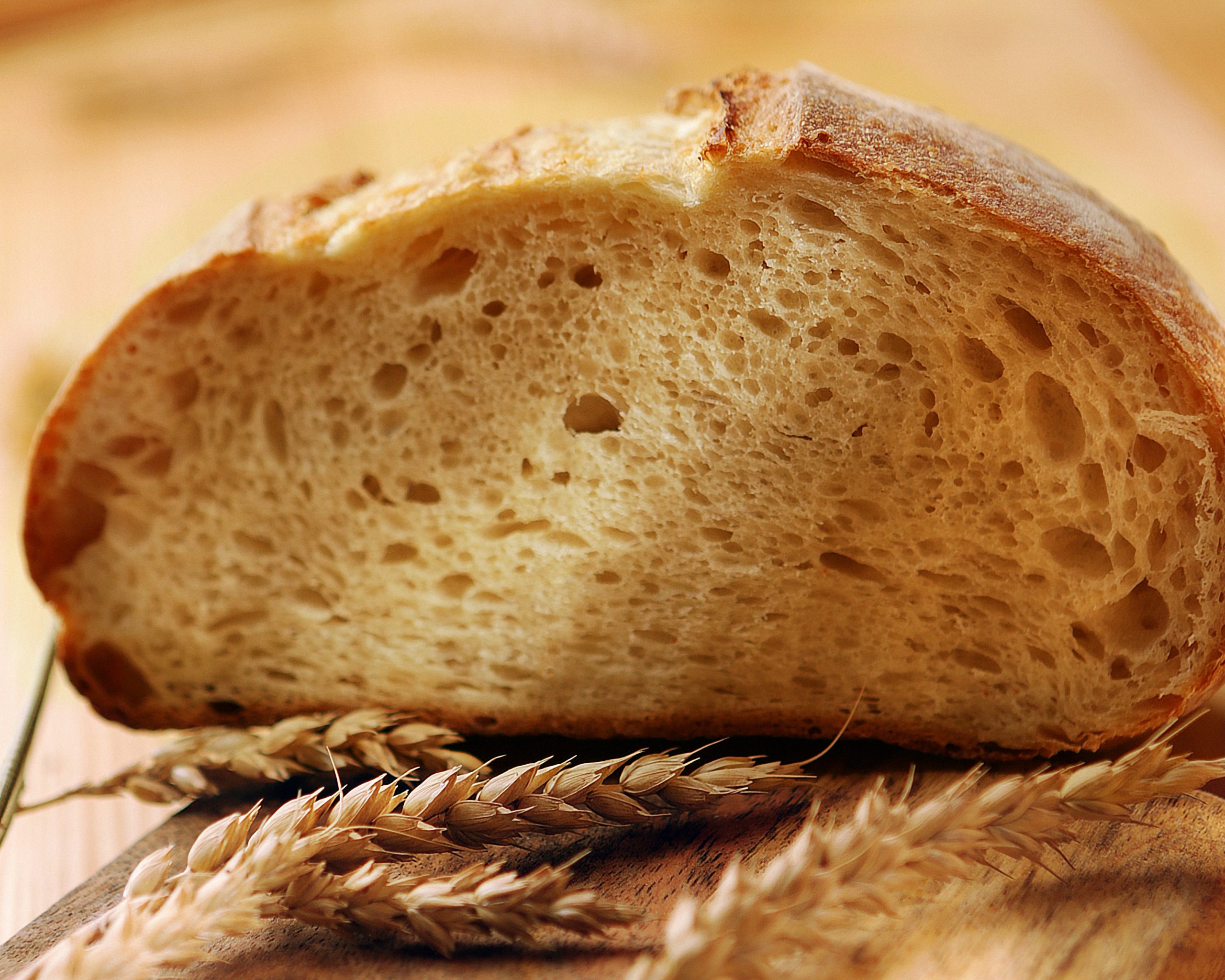1. The Nutritional Value of Barley
Barley is an excellent whole grain that has historically been a staple food for Koreans along with rice. In particular, barley is famous for being exceptionally rich in a soluble dietary fiber called ‘beta-glucan’ compared to other grains.
2. Beta-Glucan and Blood Sugar Control
– Gel Formation: Barley’s beta-glucan meets water in the stomach and forms a viscous gel.
– Delayed Digestion and Absorption: This gel envelops the entire food mass, interfering with the action of digestive enzymes and slowing the speed at which food passes through the small intestine.
– Moderated Blood Sugar Rise: As a result, the rate of carbohydrate absorption as glucose is slowed, which prevents sharp spikes in post-meal blood sugar and creates a more gradual glycemic curve.
– Cholesterol Improvement: Furthermore, beta-glucan also helps prevent cardiovascular complications by blocking the reabsorption of cholesterol in the intestines, thereby lowering blood cholesterol levels.
3. Choosing Barley Bread
Because of these advantages of barley, choosing barley bread made with barley flour instead of white wheat bread can be a good strategy for blood sugar management. When buying bread, it is good to check the ingredients list and choose a product with a high content of whole barley flour. Of course, even with barley bread, portion control is essential as its main component is still carbohydrates.
Summary: Thanks to the special dietary fiber ‘beta-glucan’ that is abundant in barley, barley bread can moderate the post-meal blood sugar rise more effectively than regular wheat bread, making it a better choice for people with diabetes.


Leave a Reply